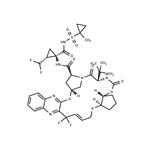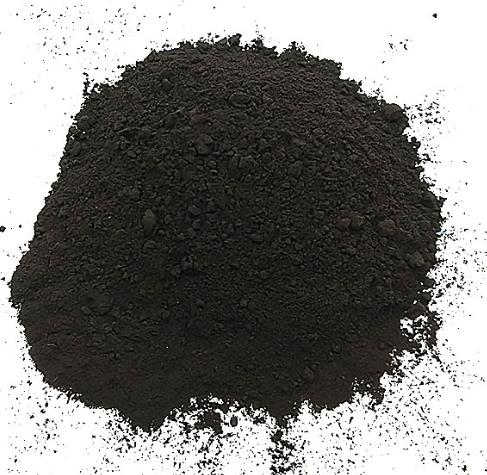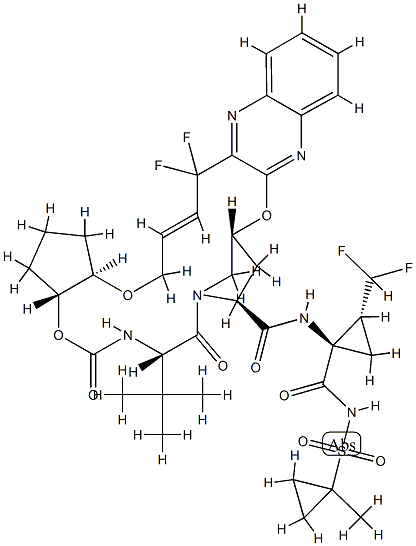Glecaprevir-Pibrentasvir (Mavyret)
Dec 21,2021
Genotypes (GT) 1, 2, 3, 4, 5 or 6 infection without cirrhosis or with compensated cirrhosis
Or GT 1 infection and have been previously treated with a regimen that contained a hep C NS5A inhibitor or an NS3/4A protease inhibitor, but not both.

What is Glecaprevir-pibrentasvir used?
Glecaprevir-pibrentasvir is the first pangenotypic NS3/4A protease inhibitor-NS5A inhibitor combination to be approved that offers a potent ribavirin free option for the vast majority of patients with chronic hepatitis C, including a potential 8-week option for non-cirrhotic patients with renal disease or HIV coinfection. This drug is not an option for patients with decompensated cirrhosis (Child B/C) given the presence of the protease inhibitor. In the main registration trials, sustained virologic response rates for 8 or 12 weeks of glecaprevir-pibrentasvir for genotypes 1, 2, 5 or 6 were in the range of 98-100% with very few if any on-treatment virologic breakthroughs or post-treatment relapses.
Why is this medication prescribed?
The combination of glecaprevir and pibrentasvir is used to treat certain types of chronic (long-term) hepatitis C infection (swelling of the liver caused by a virus) in adults and children 12 years of age and older who weigh at least 99 pounds (45 kilograms). It is also used to treat certain types of chronic hepatitis C infection in adults and children 12 years of age and older who weigh at least 99 pounds (45 kilograms) who have already received another medication to treat their hepatitis C infection. Glecaprevir is in a class of medications called HCV NS3/4A protease inhibitors. It works by decreasing the amount of hepatitis C virus (HCV) in the body. Pibrentasvir is in a class of medications called HCV NS5A inhibitors. It works by stopping the virus that causes hepatitis C to spread inside the body.
How should this medicine be used?
The combination of glecaprevir and pibrentasvir comes as a tablet to take by mouth. It is usually taken with food once daily for 8 to 16 weeks. Take glecaprevir and pibrentasvir at around the same time every day. Follow the directions on your prescription label carefully, and ask your doctor or pharmacist to explain any part you do not understand. Take glecaprevir and pibrentasvir exactly as directed. Do not take more or less of it or take it more often than prescribed by your doctor.
Continue to take glecaprevir and pibrentasvir even if you feel well. The length of your treatment depends on your condition, if you have previously taken certain HCV medications, how well you respond to the medication, and whether you experience serious side effects. Do not stop taking glecaprevir and pibrentasvir without talking to your doctor.
Ask your pharmacist or doctor for a copy of the manufacturer's information for the patient
The Class and Mechamism
Glecaprevir (GLE, formerly ABT-493) is an NS3/4A protease inhibitor that prevents the cleavage of the HCV polyprotein. It has potent in vitro activity (on the order of less than or equal to 5 nanomolar), across the HCV genotypes including common HCV genotype 1 variants that have substitutions (at Q80, R155 and D168) conferring resistance to older-generation HCV protease inhibitors. Pibrentasvir (PIB, formerly ABT-530) is a next-generation NS5A inhibitor with pangenotypic activity in vitro; it maintains potent antiviral activity against common HCV NS5A single-position variants that confer resistance to first-generation NS5A inhibitors, including daclatasvir, ledipasvir, and ombitasvir.
What side effects can this medication cause?
The most common adverse effects, observed in at least 10% of phase 3 trial participants, were headache and fatigue.
- Related articles
- Related Qustion
Cupric oxide is an inorganic chemical compound composed of cuprous ion and oxide ion. Cupric cuprous are the two forms of copper ions.....
Dec 20,2021Inorganic saltsSelenium is an essential micronutrient that plays a crucial role in development and a wide variety of physiological processes including effect immune responses....
Dec 21,2021Inorganic chemistryGlecaprevir
1365970-03-1You may like
- Glecaprevir
-

- $32.00 / 2mg
- 2025-12-11
- CAS:1365970-03-1
- Min. Order:
- Purity: 99.69%
- Supply Ability: 10g
- Glecaprevir
-

- $0.00 / 1g
- 2025-09-11
- CAS:1365970-03-1
- Min. Order: 1g
- Purity: More Than 99%
- Supply Ability: 50kg/Month
- Glecaprevir.
-

- $0.00 / 1g
- 2025-09-11
- CAS:1365970-03-1
- Min. Order: 1g
- Purity: More Than 99%
- Supply Ability: 50kg/Month





